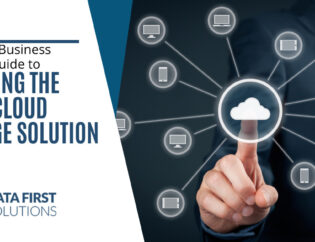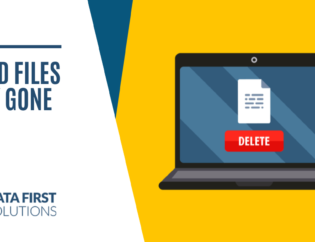
In an age where technology evolves rapidly, cyber threats continue to adapt and find new ways to infiltrate our systems. One of the latest and most sinister developments in the world of cybercrime is ransomware disguised as a Windows update.
This article will delve into this malicious threat, providing a comprehensive understanding of what it is, how it operates, and most importantly, how to protect your data and systems from falling victim to it.
What is Ransomware?
Ransomware, for those unfamiliar with the term, is a type of malware that encrypts your data and holds it hostage until a ransom is paid to the attacker. This insidious form of cyberattack has been plaguing individuals and organizations alike. However, what sets this new variant apart is its cunning disguise as a Windows update.
The Anatomy of a Windows Update
Understanding Windows Updates
Before we dive into the threat itself, let’s briefly understand the legitimate Windows update process. Microsoft regularly releases updates to enhance the operating system’s security, stability, and functionality. These updates are critical for maintaining a secure and efficient computing environment.
The Ransomware Impersonation
The attackers behind this ransomware disguise their malicious software as a seemingly legitimate Windows update. They mimic the appearance and functionality of a genuine update to deceive users into downloading and installing it.
- Fake Update Alerts: Users are often tricked into believing that their system needs an urgent update through convincing pop-up notifications.
- Spoofed User Interfaces: The ransomware displays an interface that closely resembles Microsoft’s update tool, making it difficult to discern the real from the fake.
How Does This Ransomware Infiltrate Systems?
Phishing and Social Engineering
One common method of delivering this ransomware is through phishing emails. Attackers craft emails that appear to be from a trusted source, enticing users to click on links or download attachments, which, in reality, contain the ransomware.
- Impersonating Microsoft: The phishing emails often mimic Microsoft’s branding, using official-looking logos and language to gain the victim’s trust.
- Urgent Language: Attackers use urgent language, claiming that the Windows update is crucial, thereby pressuring users into taking immediate action.
Drive-By Downloads
Another way this ransomware infiltrates systems is through compromised websites. Users may visit a website, thinking it’s legitimate, only to have the ransomware automatically downloaded and installed without their consent.
The Consequences of Infection
Data Encryption
Once the ransomware successfully infiltrates a system, it encrypts the user’s data, rendering it inaccessible. Users are then presented with a ransom demand in exchange for the decryption key.
- Data Loss: Victims risk losing critical data, from personal photos to sensitive business documents.
- Financial Loss: Paying the ransom doesn’t guarantee the safe return of your data, and it often leads to financial losses.
Downtime and Disruption
Beyond data loss, an infected system can lead to significant downtime for individuals and organizations.
- System Unavailability: Encrypted systems are unusable until the ransom is paid, causing frustration and loss of productivity.
- Financial Impacts: For businesses, downtime translates into financial losses, reputation damage, and potential legal consequences.
Protecting Your Systems
Vigilance and Education
The first line of defense against this ransomware is user vigilance and education. It’s essential to stay informed and cautious about any unsolicited updates or emails.
- Verify the Source: Always verify the source of any update. Microsoft’s official website should be the primary source for Windows updates.
- Education: Train yourself and your team to recognize phishing attempts and suspicious websites.
Security Software
Employ robust security software and keep it updated. Antivirus programs and firewalls are essential in detecting and preventing ransomware attacks. Use security software that offers real-time scanning to identify and block threats as they emerge.
Data Backups
Regularly back up your data to an external source or cloud storage. This is a crucial step in safeguarding your data. Schedule automatic backups to ensure you always have access to the latest versions of your data.
Patch Management
Keep your operating system and all software up to date. Vulnerabilities in outdated software can be exploited by cybercriminals.Enable auto-updates for your operating system and applications.
Protect Yourself Today
Ransomware disguised as a Windows update is a growing threat in the world of cybercrime. To protect yourself and your organization, vigilance, education, and robust security measures are paramount. Regularly back up your data, stay up to date with security patches, and, most importantly, remember that Microsoft will never ask you to download updates via unsolicited emails or pop-ups.
Stay safe in the digital realm and be cautious. We, at Data First Solutions, are committed to helping you secure your data and systems. If you have any concerns or questions, please don’t hesitate to contact us for expert guidance and solutions. Your cybersecurity is our priority.









